Electromagnetic flowmeter - the characteristics of rural domestic sewage: the water used for cooking, bathing, washing and toilet flushing in the kitchen is dispersed. There is no collection facility in the countryside. With the scouring of rainwater, the surface flows into rivers, lakes, ditches, ponds, reservoirs, etc. Surface water, soil water and groundwater, in which high content of organic matter is the main feature.
Comparison of Electromagnetic Flowmeters of Different Rural Sewage Treatment Methods and Their Advantages and Disadvantages
1.effect seaweed pond
Compared with the traditional stable pond, the effective algae pond has short residence time, small footprint, simple construction, simple maintenance, less capital investment, low operating cost, and good deamination effect, but it is easily affected by temperature and other environmental factors.
2.biological filters
The biological filtration has strong impact load resistance, low temperature resistance, no sludge expansion, can prevent the loss of microorganisms, maintain the number of microorganisms, simple daily operation management, and stable treatment effect. The technological process is simple, the investment is low, and it is less affected by temperature. The biological filter is a semi-enclosed or fully enclosed structure, and the biochemical reaction is less affected by the external temperature, so it is suitable for use in the northern cold regions.
3.artificial wetlands.
In different scales, low construction costs, various ecosystems or simply constructed treatment facilities, the use of constructed wetlands to treat sewage has obvious advantages, and it is suitable for different treatment scales, low construction costs, no complex mechanical equipment, and convenient operation and management. . The maturity time of surface flow constructed wetlands is short, only 3 to 4 months. Since the surface mobile constructed wetlands are mostly reconstructed with depressions such as swamps and abandoned rivers, the construction cost is relatively low. According to the local terrain drop, a joint sewage treatment system is adopted, and the pool body adopts a brick concrete structure, which can reduce the floor space and save costs.
4. unpowered underground domestic sewage treatment facilities.
The non-powered underground domestic sewage treatment device does not require daily operation costs, and is suitable for the decentralized treatment of rural domestic sewage. The response system is sensitive to hydraulic shock, and torrential rain has a greater impact on it. Construction projects in the northern region should consider antifreeze and increase investment costs.
5. Clean the domestic sewage in the digester.
The development of the purification biogas tank from the septic tank and the biogas tank overcomes the shortcomings of the septic tank, such as poor treatment effect, too much sludge, and low biogas recovery rate.
6. sewage treatment process of the electromagnetic flowmeter soil infiltration system.
This technology utilizes the natural purification ability of soil, low capital investment, low operating cost, simple operation and management, and can make full use of water and fertilizer resources in sewage, combine sewage treatment with greening, and beautify and improve the regional ecological environment.
.png)



.jpg)
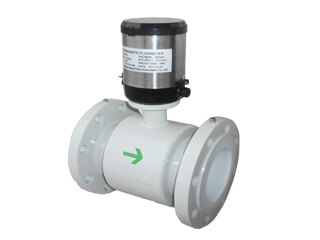
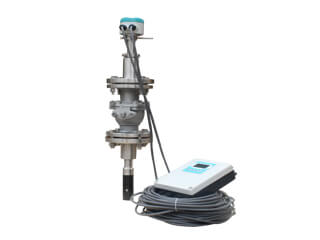
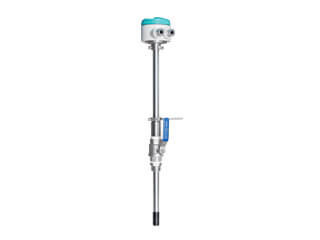
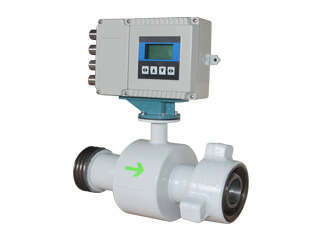
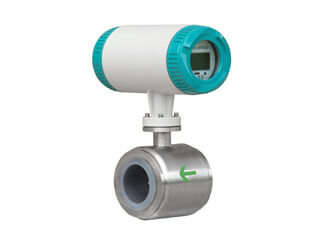
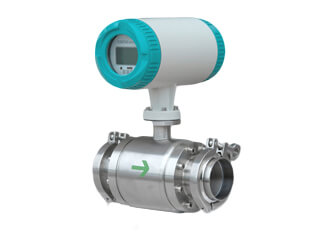
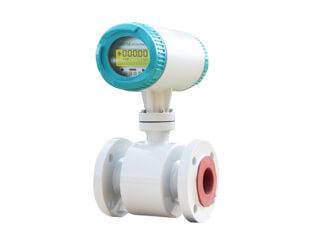
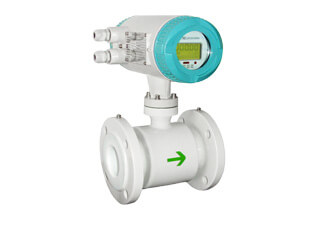
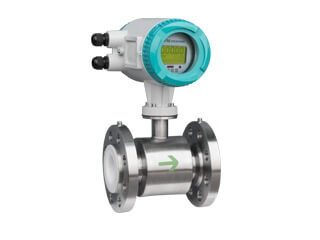
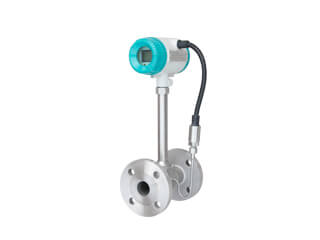
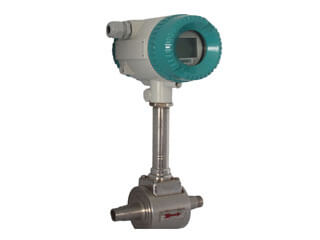
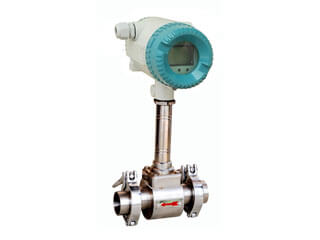
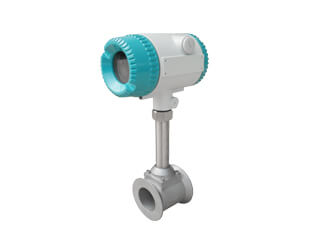
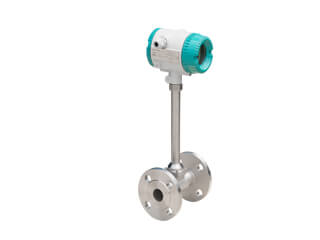
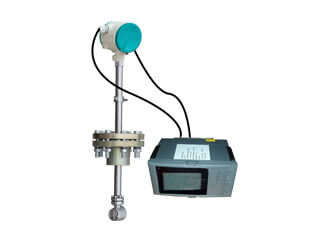
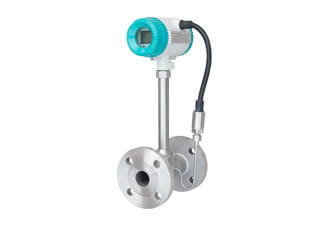
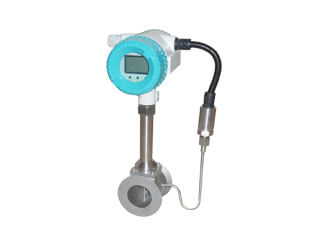
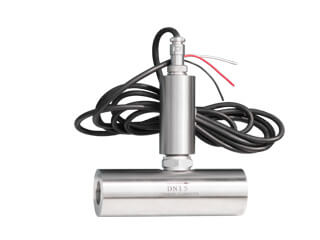
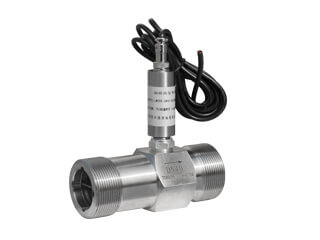
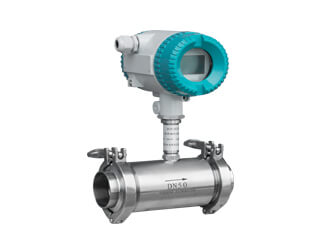
.jpg)
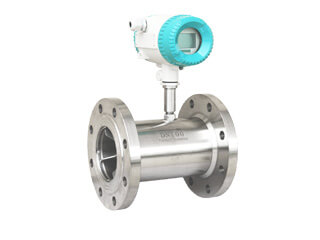
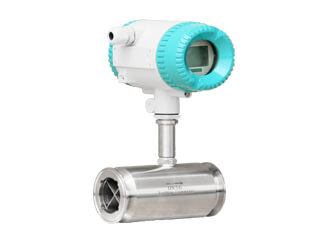
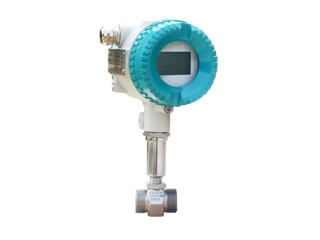
.jpg)
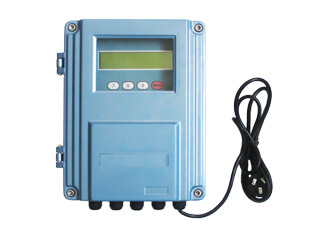
.jpg)
.jpg)
.jpg)
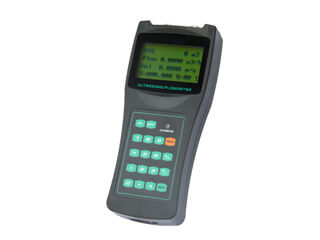
.jpg)
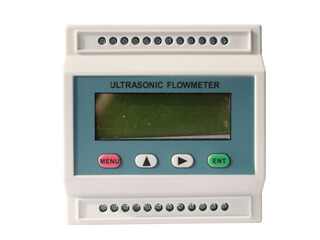
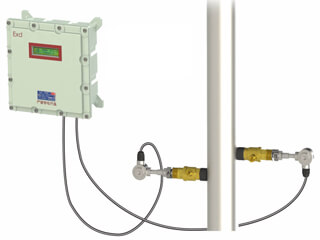
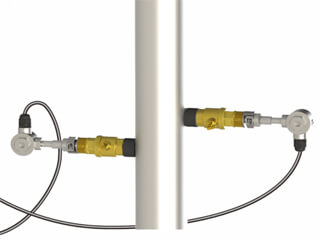
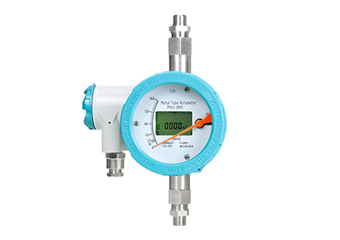
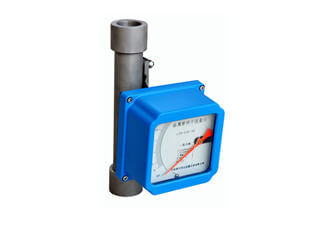
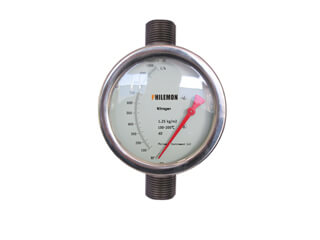
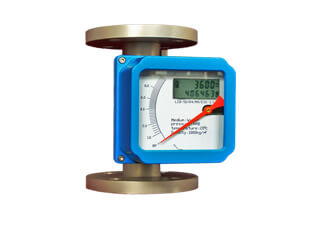
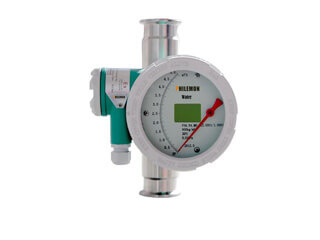
.jpg)
.jpg)
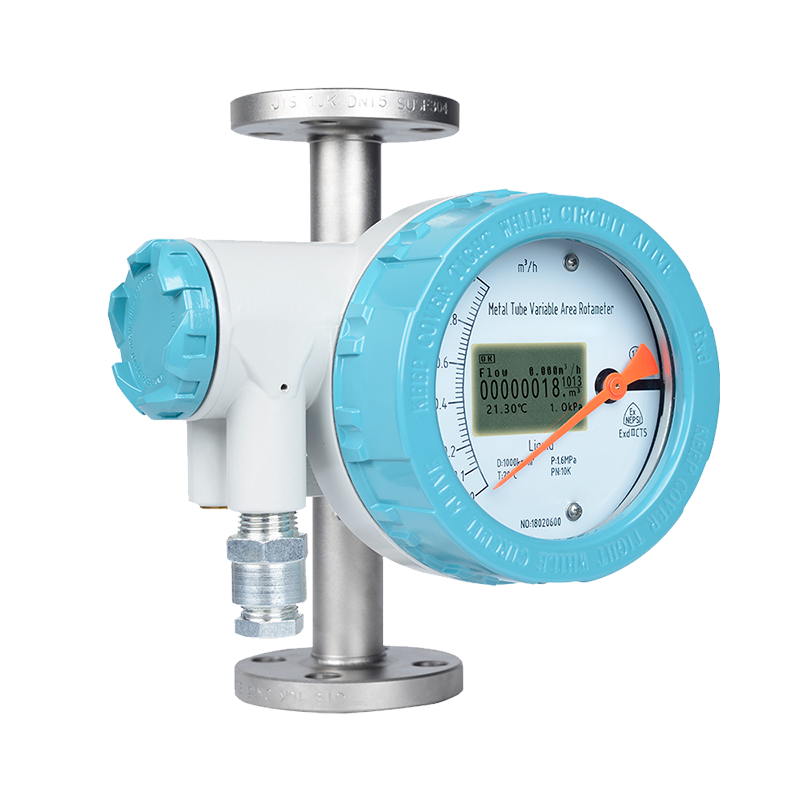
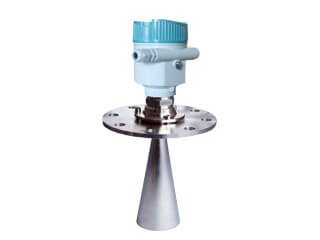
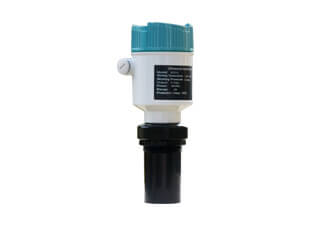
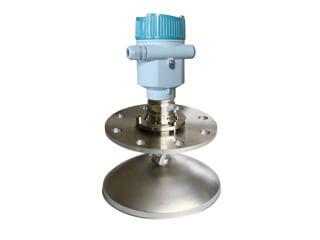
.jpg)
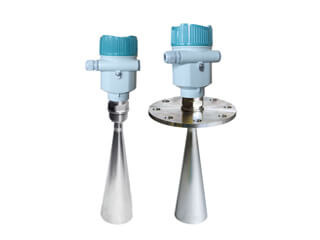
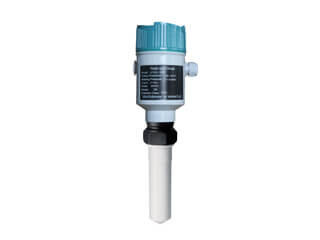
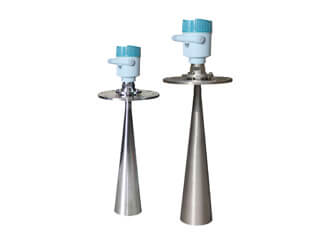
.jpg)
.jpg)
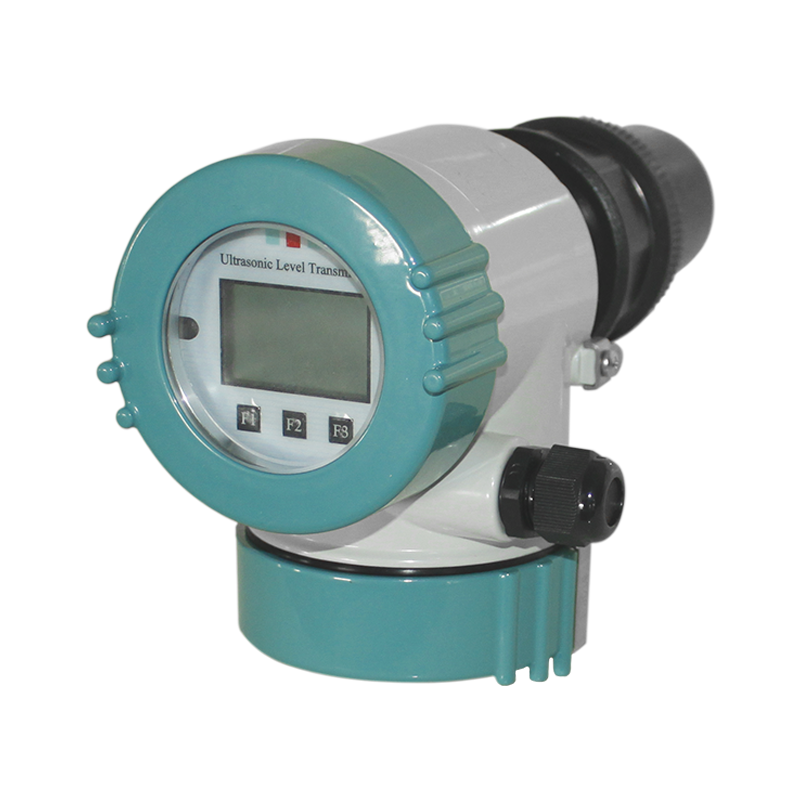
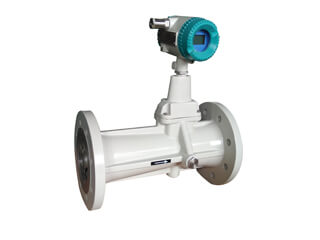
.jpg)
.png)
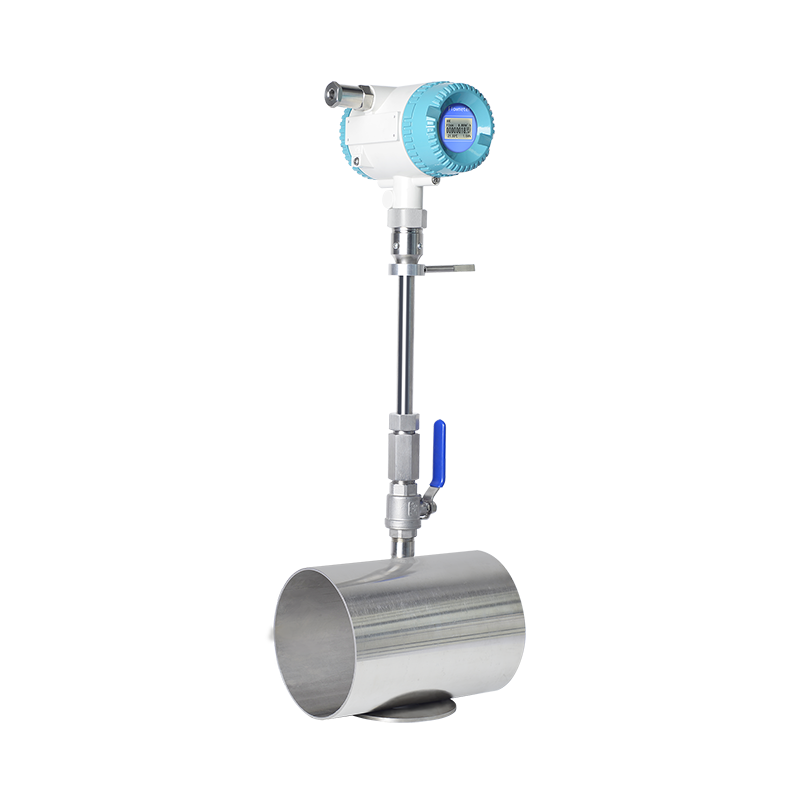
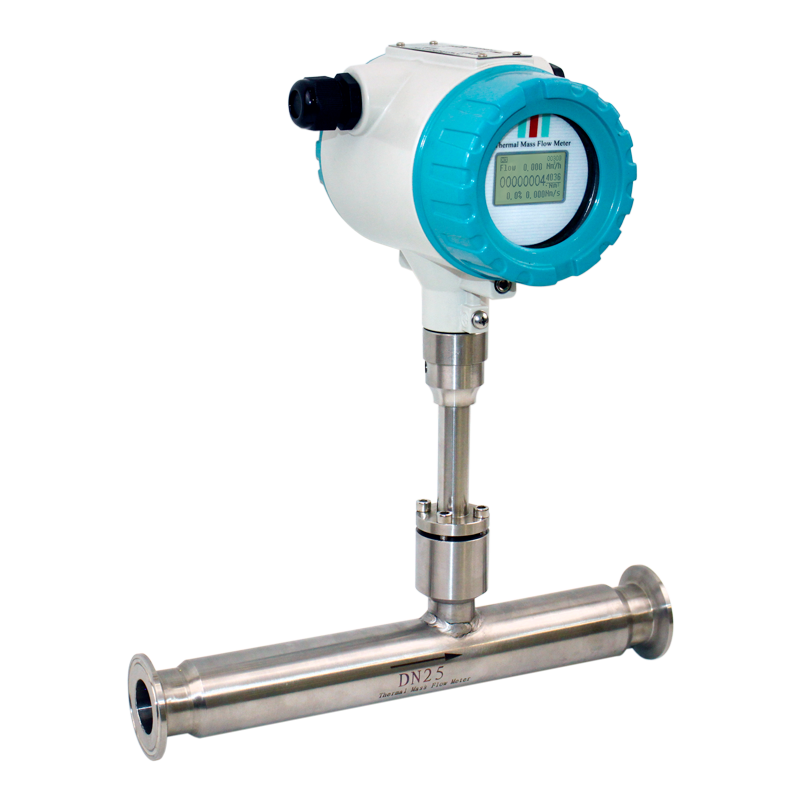
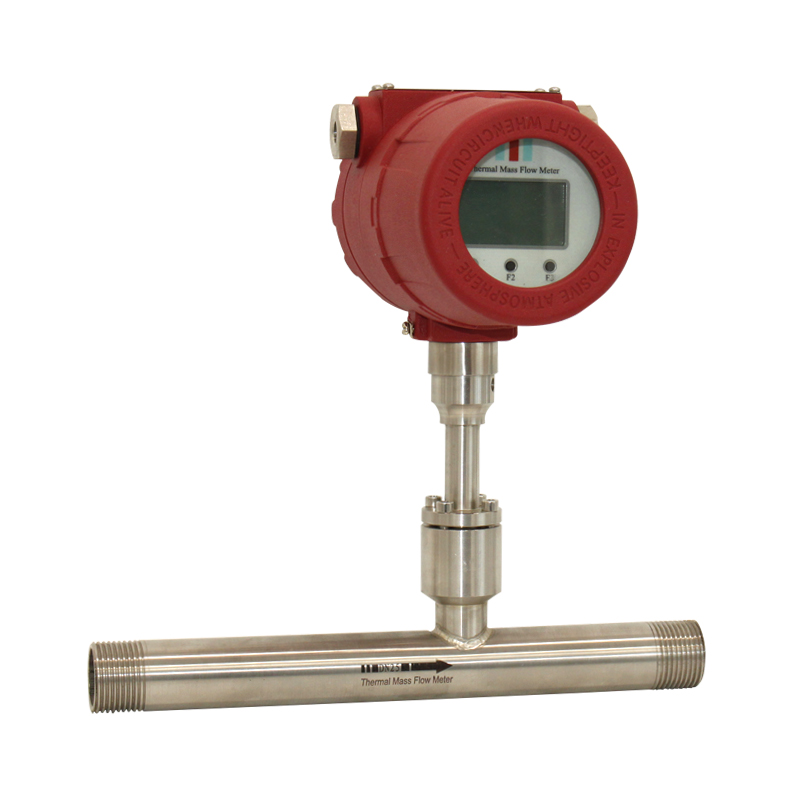
.jpg)
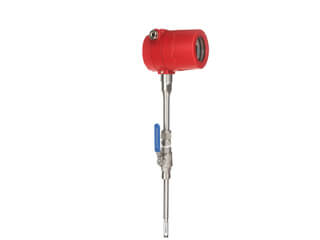
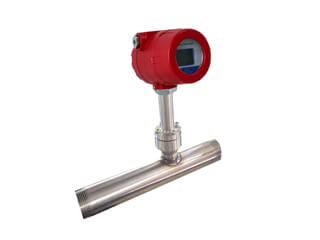
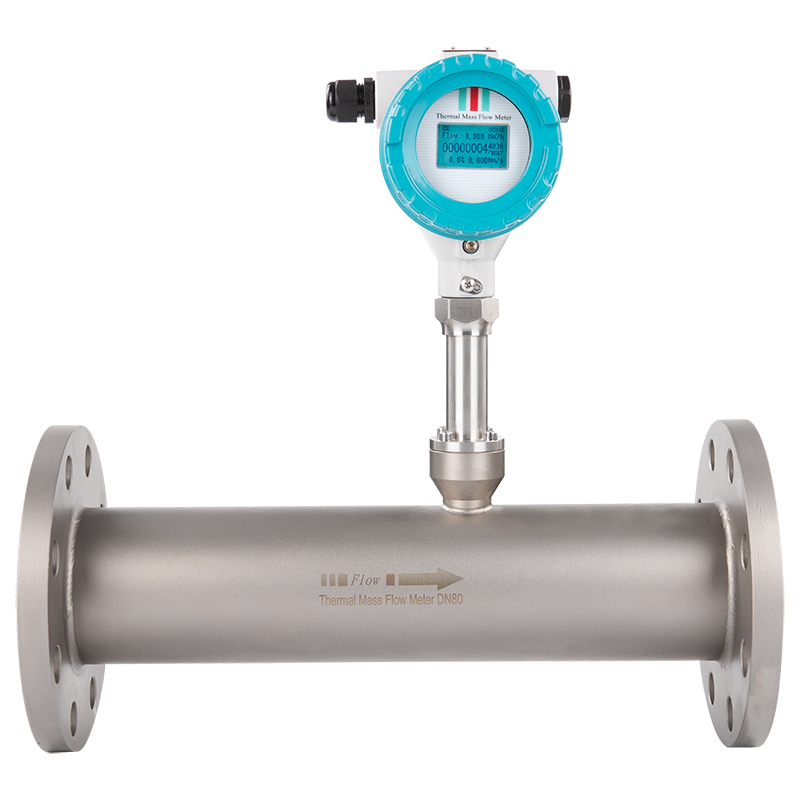
.png)
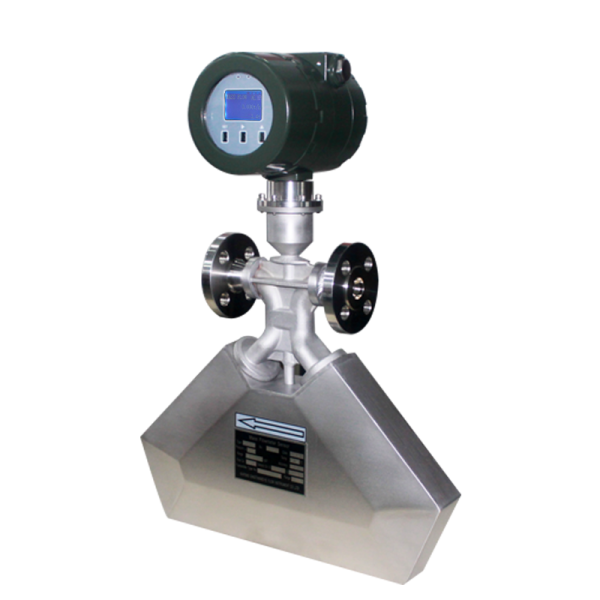
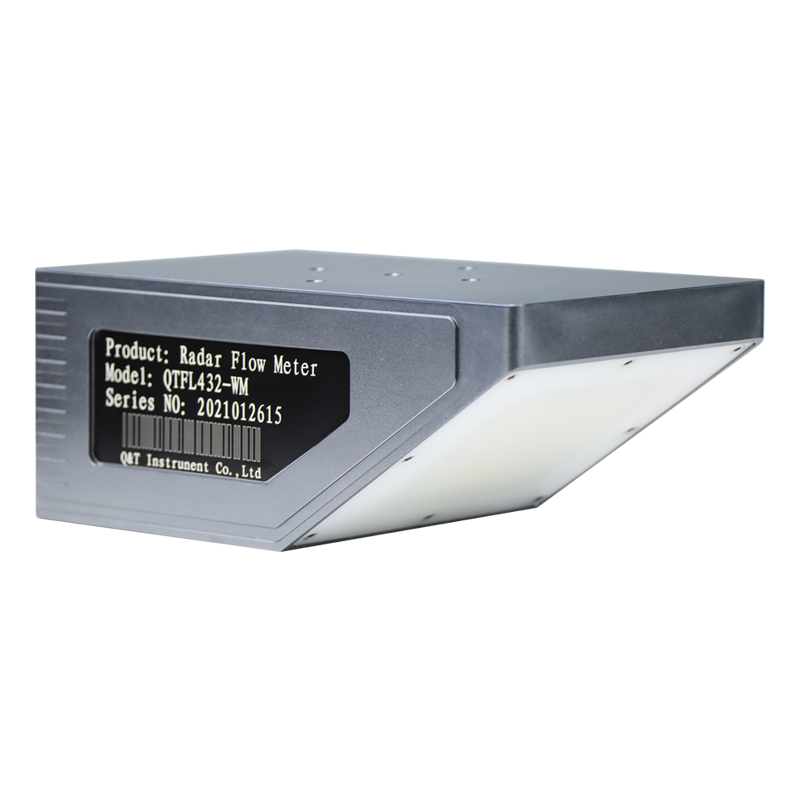
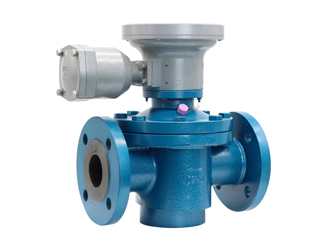
.png)